View Cutting
Expert View Cutting | Asheville, NC | United Tree Services Services Throughout Asheville, NC & Buncombe County.
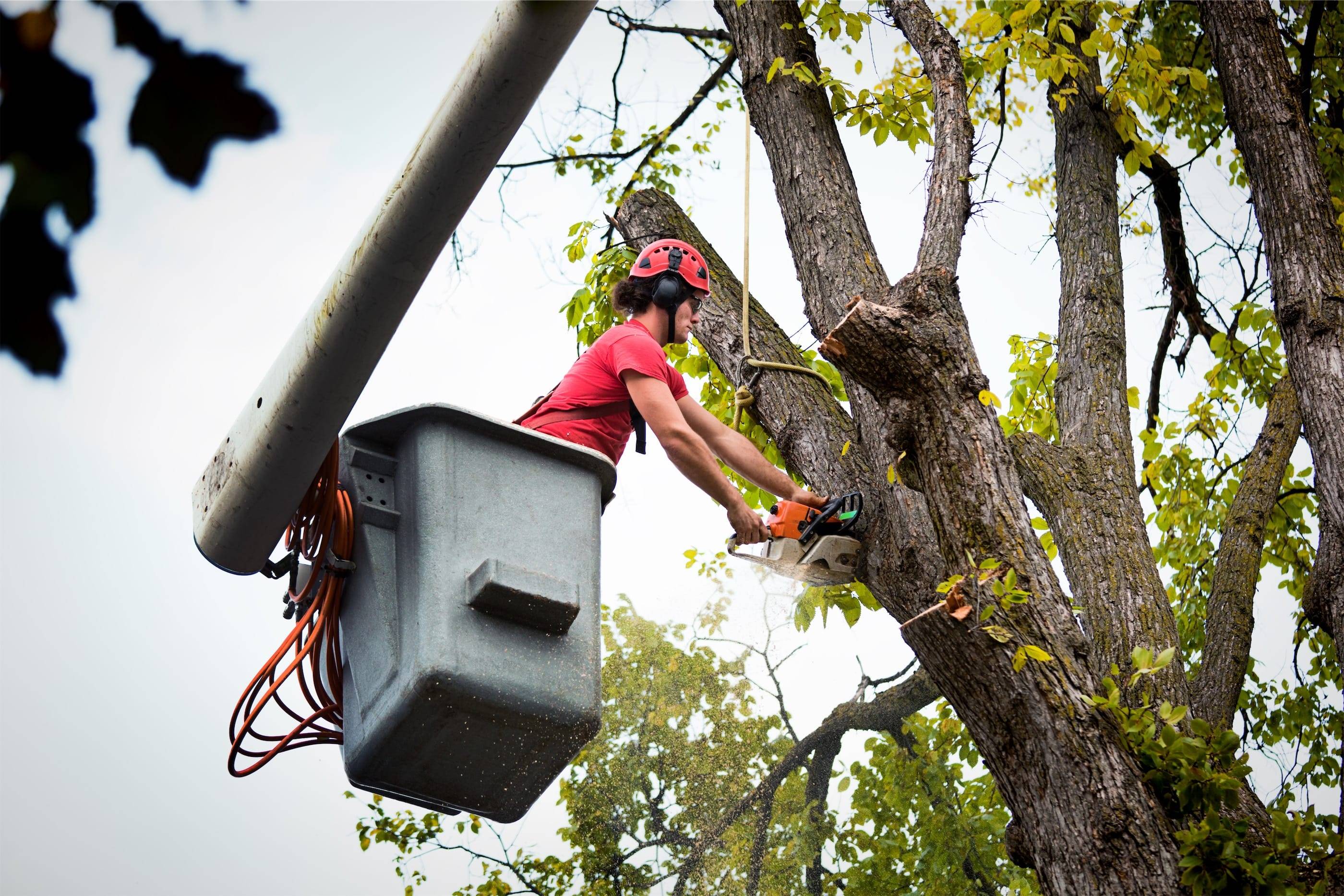
View Cutting Techniques for Enhanced Aesthetic Appeal
View cutting represents a crucial technique in the field of modeling and design, particularly for companies like United Tree Services which frequently deal with complex objects and spaces, such as those found in natural environments around Buncombe County, including Asheville, and Henderson County, with areas like Hendersonville. This method involves creating a sectional view by theoretically slicing through an object to expose its interior features without actually altering the physical model. It’s a visualization strategy that’s invaluable for our clients in understanding the intricacies of our service areas.
Employing view cutting allows us to provide insightful details during both the planning and postprocessing stages of our project management, giving clients in Buncombe and Henderson counties a clear understanding of the terrain and vegetation structure we work with. This technique refines our ability to plan tree services as it reveals hidden features that might affect our approach to tree care and removal. The representation it offers enables precise and efficient communication regarding the interior structure of an object or area, which is essential for our meticulous service execution.
In the contexts of our service regions, view cutting serves not just as a tool for analysis but also as a form of presentation for our clients. When we prepare for a project, whether in the dense urban areas of Asheville or the varied landscapes of Hendersonville and the surrounding regions, we use sectional views to transparently show how we plan to navigate the specific challenges of each unique site. This transparency in our work process instills confidence in our clients, affirming that United Tree Services is committed to delivering clear, knowledgeable, and reliable tree solutions across all of Buncombe and Henderson counties.
Fundamentals of View Cutting
In drafting and technical diagrams, view cutting is an essential technique we use to illustrate different aspects of an object. By employing this method, United Tree Services can clarify the complex structures within Buncombe County, NC, including Asheville, as well as Henderson County, NC, and its region, Hendersonville.
Understanding Section Views
When we examine an intricate piece of machinery or parts of a tree, we often use a section view in our drawings to expose the internal features that would otherwise be hidden from the outside. A section view is created by slicing through the object and removing a portion, enabling us to look inside. United Tree Services meticulously applies section views to better communicate the details of a service needed, whether it’s in Asheville or Hendersonville, ensuring transparency and a clear understanding of the task at hand.

Get a Fast & Free Tree Services Quote Today!
Hey there! Need to get in touch fast? Just give us a call, send a text message, or fill out our quote form – we’re here for you!

The Role of Cutting Lines
To generate a section view in our drawings, we first designate a cutting line. This line represents the plane where the object is sliced to reveal the interior. The cutting line is typically marked on the parent view - the original, undistorted view of the object. It’s important that the cutting line is placed precisely where a cross-section would best show the necessary details for our services throughout Buncombe and Henderson Counties.
Parent View and Derived Sections
The parent view is our starting point for any section view. This unsectioned drawing gives us a comprehensive depiction of the object or area, like the initial assessment of a tree’s condition in Buncombe or Henderson County. From the parent view, derived sections are generated to focus on particular details. These derived sections zoom in on the specifics, such as the intricacies of branches or roots, just like focusing on service specifics in Asheville or Hendersonville, providing our clients with a clear vision of our approach.
Design and Sketching Techniques
When we create engineering sketches for United Tree Services, our design must precisely communicate how to manage and execute tree servicing tasks, especially within the scope of Buncombe County, NC, covering Asheville and all other areas, as well as Henderson County, NC, including Hendersonville. The design phase is foundational, ensuring each sketch facilitates task alignment and clarity in the field.
Our Specialties
-
Tree Service
Effective for large bird populations & bigger spaces.
-
Tree Removal
Your #1 Asheville Tree Service Company
-
Pruning & Trimming
Precision Cuts Done by Experienced Professionals.
-
Stump Grinding & Hauling
Effortless Tree Stump Removal for a Spotless Landscape
-
Land Clearing
Clearing of Brush, Vegetation, Trees, Stumps, Shrubs, Bushes & Much More
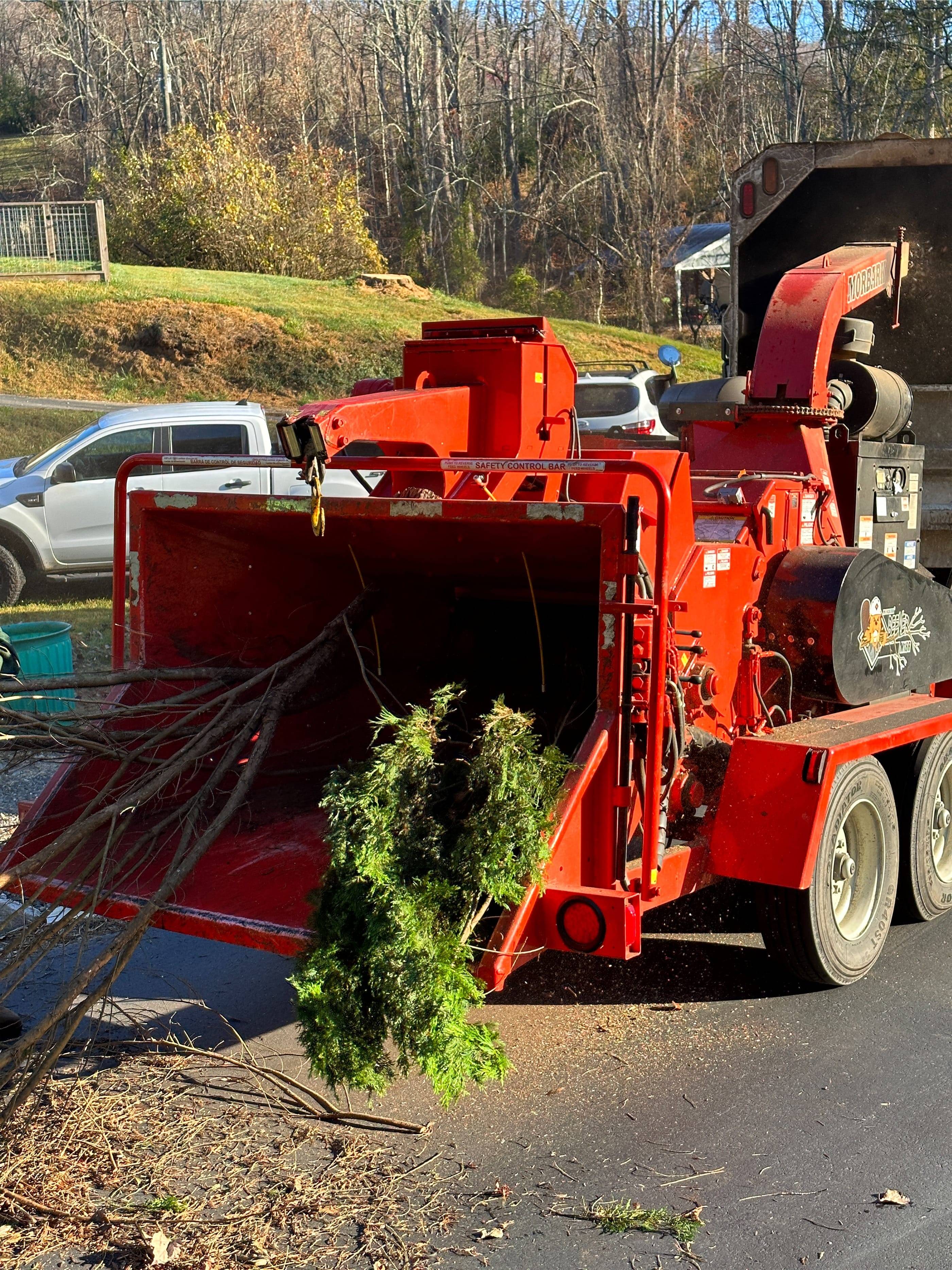
Design and Sketching Techniques
When we create engineering sketches for United Tree Services, our design must precisely communicate how to manage and execute tree servicing tasks, especially within the scope of Buncombe County, NC, covering Asheville and all other areas, as well as Henderson County, NC, including Hendersonville. The design phase is foundational, ensuring each sketch facilitates task alignment and clarity in the field.
Sketching Section Lines
In sketching section lines, we adopt a meticulous approach to illustrate various sections of a job site or a particular tree service mechanism. For United Tree Services, we ensure these lines are sketched freehand at a standard angle of around 45 degrees, spaced consistently for clear understanding. Our teams across Asheville and Hendersonville rely on these section lines to assess the work accurately. The alignment of these lines is crucial as it reflects our design’s integrity and precision, directly impacting the delivery of services in Buncombe and Henderson County.
Implementing Design Intent
Our design intent is at the heart of our sketches, which is to provide our crew with an unambiguous interpretation that aligns with our company’s standards. For projects in Asheville, Hendersonville, and the surrounding regions, it’s imperative that our sketches reflect the true nature of the landscape and the specifics of the service required. By leveraging our design skills, we impart the necessary details to our teams, ensuring the consistency and quality of our tree services remain unparalleled across all areas we serve in both Buncombe and Henderson County.
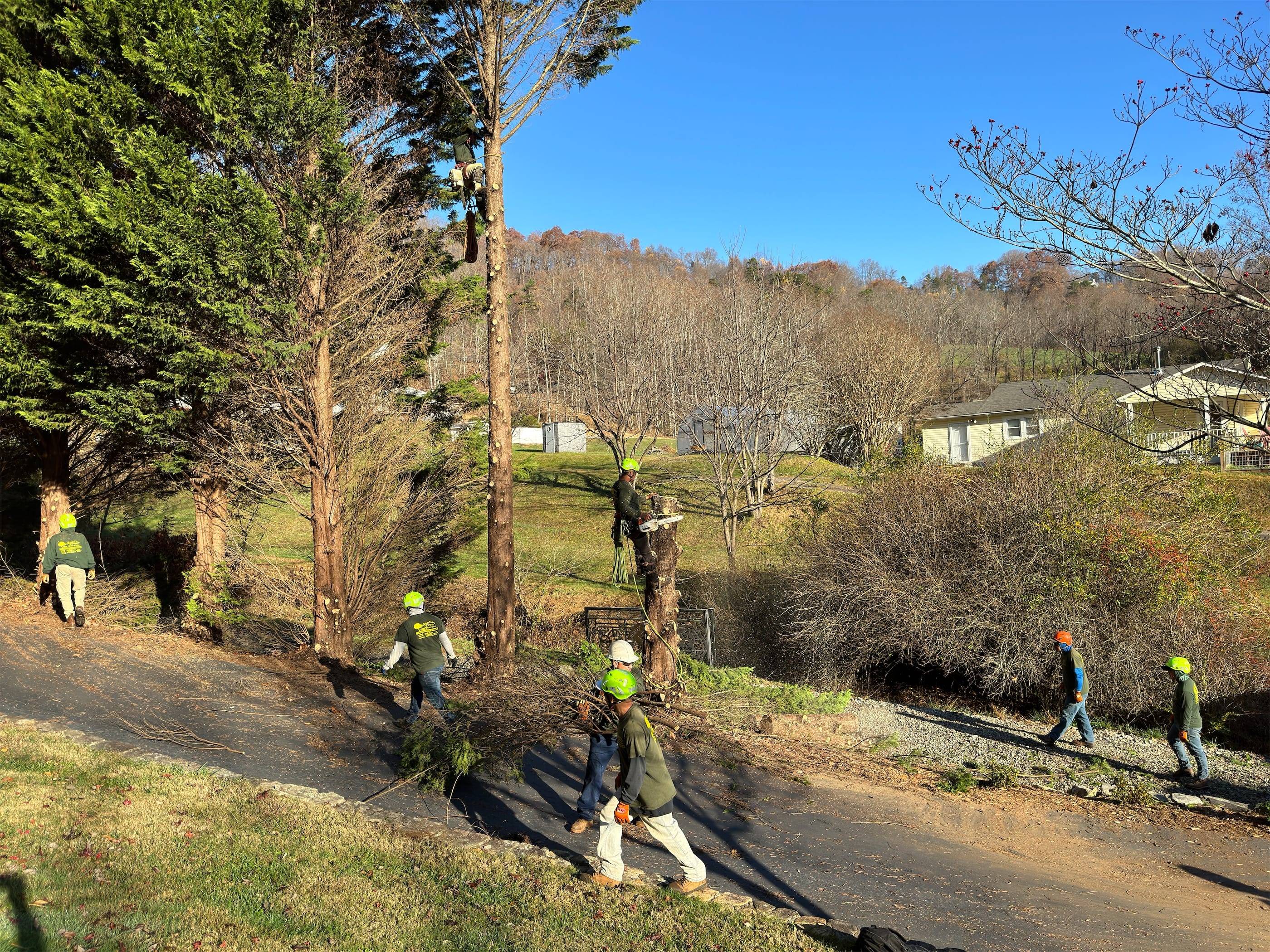
Detailed Drawing Practices
In our detailed drawing practices at United Tree Services, we adhere to stringent standards to ensure clarity and precision across Buncombe County, NC—including Asheville—and Henderson County, NC, encompassing Hendersonville and beyond.
Dimensioning and Labeling
We prioritize accurate dimensioning and labeling in our technical drawings, which is pivotal for the proper manufacturing and verification of parts. Each dimension is meticulously placed with a clear label, denoting the size, and other specifications. For instance, in our work across Asheville and Hendersonville, we use bold text for critical dimensions related to tree servicing equipment, ensuring they stand out prominently. Dimension lines are extended beyond the feature to avoid overcrowding, keeping the visuals of the plan clean and interpretable.
Hatching and Material Representation
Material representation through hatching is undertaken with particular attention to the types of materials involved. In the case of materials like cast iron, specific hatch patterns symbolize the material type. We use consistent spacing and angles for hatches, and for distinct material types found in tree maintenance tools used across Buncombe and Henderson counties, differentiated patterns are applied. This helps in instantly recognizing the parts in detail, facilitating efficient communication and production.
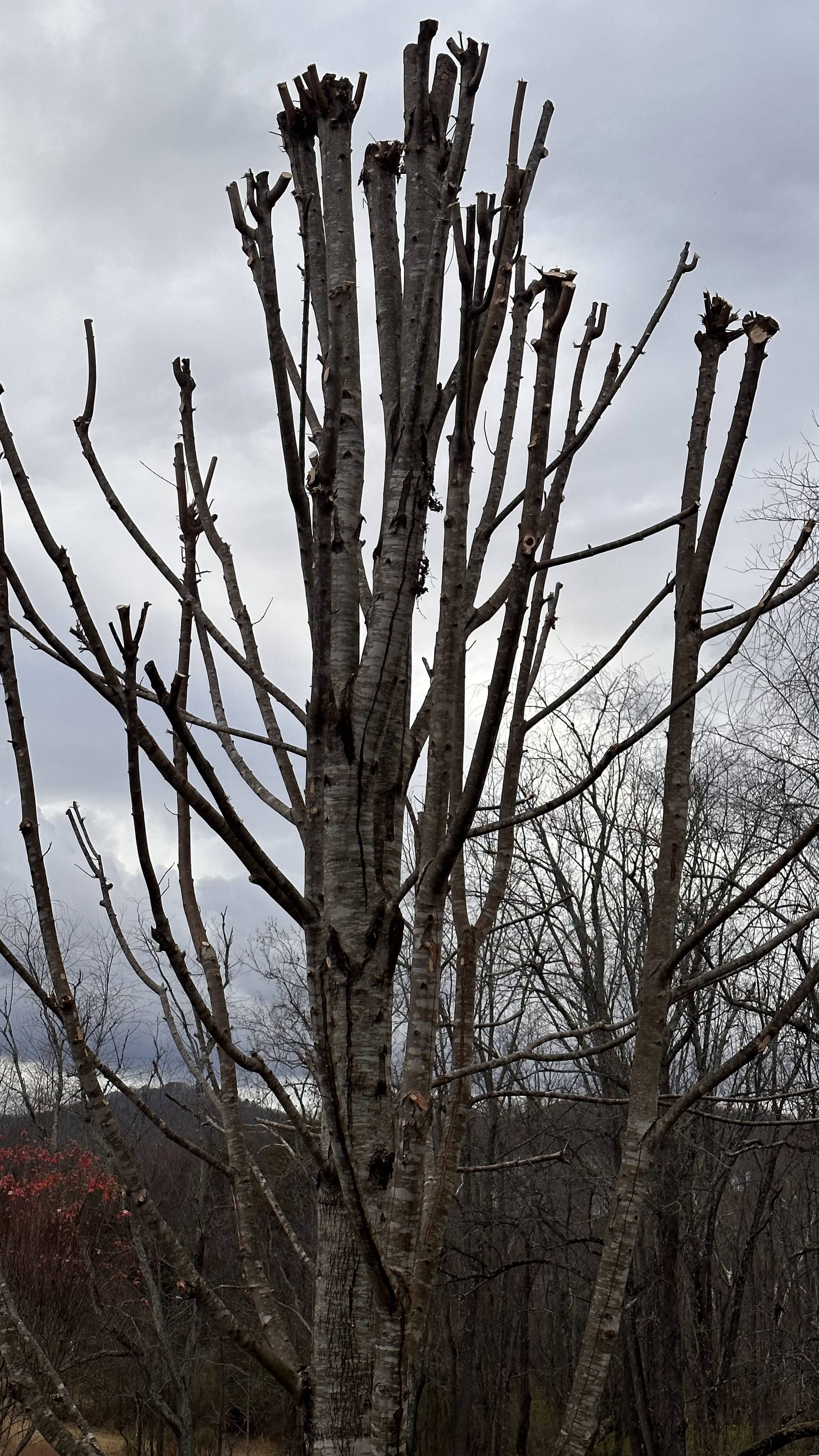
Hidden Lines and Detailing
Our approach to detailing incorporates the use of hidden lines sparingly to avoid confusion, representing features not directly visible in the primary view. These lines are dashed and are used only when necessary to convey essential interior features of a component. Through our methodical practice, we furnish drawings that are uncluttered, with a focus on the most significant details to produce a coherent understanding of complex parts—crucial for teams operating across all areas of Buncombe and Henderson counties.
Advanced Section Views
In our design practices at United Tree Services, we understand the importance of utilizing advanced section views to communicate intricate details of our projects effectively. Whether we are servicing Asheville within Buncombe County NC or optimizing solutions in Hendersonville and surrounding areas of Henderson County NC, advanced section views enable us to convey complex geometrical relations clearly and precisely.
Revolved and Aligned Views
We often implement revolved section views when it’s essential to exhibit the components of an object around an axis, displaying the object as though it has been revolved 90 degrees and then sectioned along the radial plane. This method is useful for parts with complex radial geometries, as it renders a clear and precise representation for our clients’ review, regardless if they are in Asheville or any other area within Buncombe County.
Aligned section views, meanwhile, are a technique we use to demonstrate portions of our designs that have features non-parallel to the principal projection planes. With aligned section views, each feature is rotated in-plane with the cutting plane before sectioning, ensuring that every detail within the view is perfectly perpendicular, simplifying interpretation for our stakeholders in Hendersonville and outlying regions of Henderson County NC.

Partial and Offset Sections
For projects that don’t require a full section view, our partial section views become instrumental. We employ these views to reveal intricate internal details of a specific region of a component while keeping the rest of the component in its exterior view. This practice is invaluable for focusing a client’s attention on particular structural elements in Buncombe County, without overwhelming them with unnecessary details.
When the features of our design are not aligned in a straight line, we utilize offset section views. Tailored to exhibit irregular or staggered surfaces, offset section views help us to cut through designated points by utilizing a stepped section line that branches into multiple directions. The complexity of these offset sections allows us to maintain accuracy in our design depictions, a standard we uphold in every project across Henderson County NC and beyond.
As we continue optimizing advanced section views for our work, United Tree Services remains committed to delivering high-quality and comprehensible visual communication tools for our clients, assuring confidence and clarity in every project we undertake.
Editing and Controlling Views
In our professional CAD workflows at United Tree Services, we understand the critical role that effective editing and control of views play in the drafting process. Specifically, we focus on how to modify section depth, the application of view cutting line overrides, and the utilization of PropertyManager and browser settings to achieve precise and accurate representations in our projects across Buncombe and Henderson Counties, including Asheville and Hendersonville.
Modifying Section Depth
We consistently adjust the section depth of our views to better showcase the details necessary for our in-depth analyses of projects throughout Asheville and the broader Buncombe County area. By altering the section depth, we control the extent of a cutaway in our models, which allows us to present a more focused section of the project. This is particularly important when we need to communicate specific aspects of a complex service such as tree topology or root system mapping.
The control point for these adjustments can typically be found within the drawing view’s properties—a feature we use to customize our section views to the required specifications. The depth parameter facilitates a selective display of layers or parts, refining our presentations and ensuring that our clients receive clear and focused visual information.
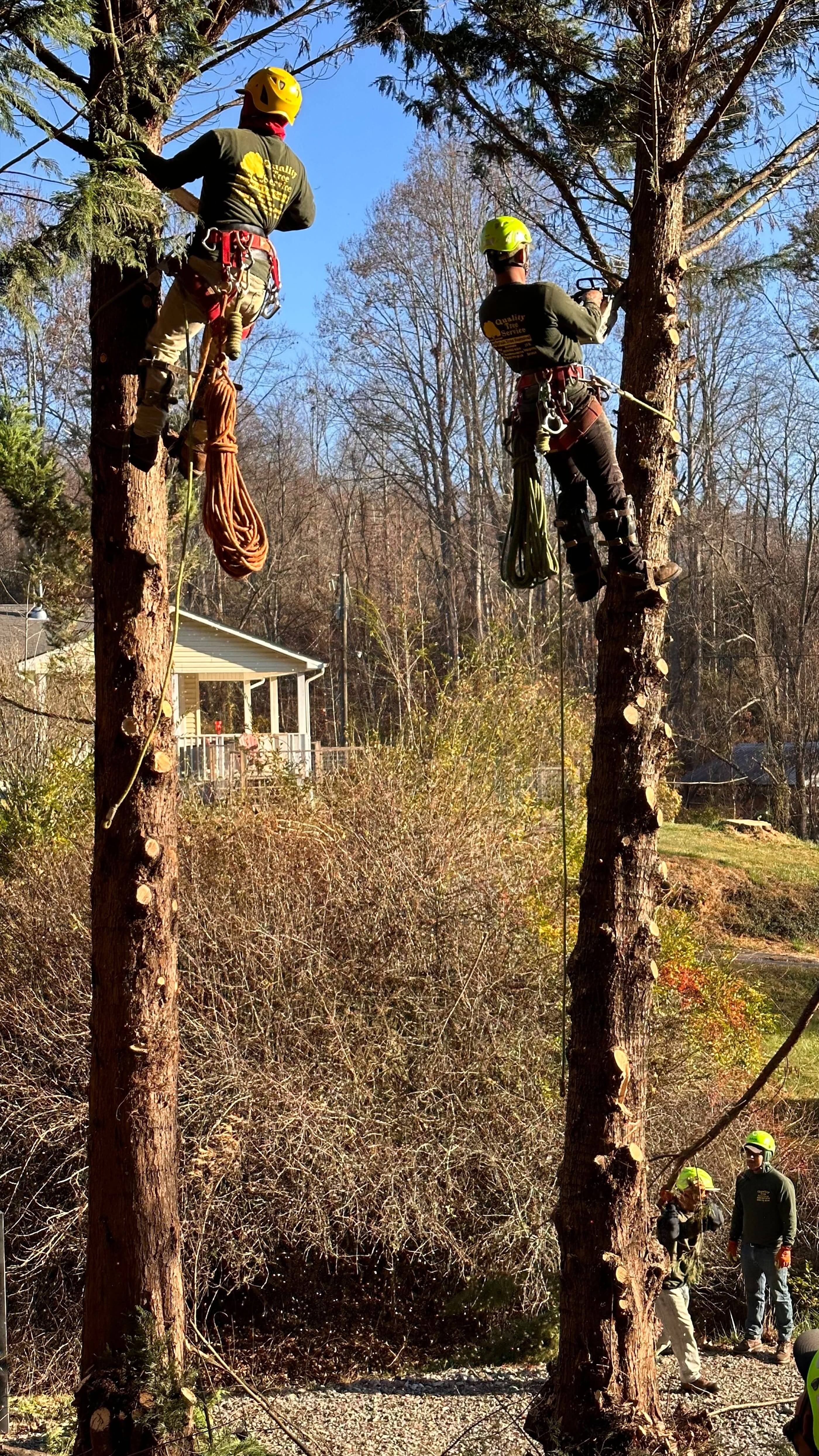
Using View Cutting Line Overrides
In Henderson County, including the Hendersonville area, we may encounter diverse project environments that necessitate a non-standard view to better communicate certain details. To accommodate this, we implement view cutting line overrides for a more tailored display. We override the standard view cutting line by creating custom sketch geometry or predefined lines that serve to illustrate the unique aspects of a local project. Our skilled team employs these overrides judiciously to ensure that the resulting views are not only accurate but also comprehensible to our clientele.
PropertyManager and Browser Settings
Finally, the crux of managing our views lies within the PropertyManager and browser attribute settings. Here at United Tree Services, we utilize these settings to systematically edit attributes such as labels, scale, and display style. We have found that having granular control over these settings enhances our ability to manage drawing views effectively, giving us the capacity to cater to the variable demands of our projects in Buncombe and Henderson Counties.
By exploiting the versatility of PropertyManager and the browser, we can assure that every drawing precisely aligns with our high standards. Whether adjusting the visibility of browser attributes to streamline the interface for better comprehension or fine-tuning view properties to reflect the most current project status, these tools are indispensable in our day-to-day operations.
Frequently Asked Questions We Get About View Cutting
Setup a Free Quote Now



